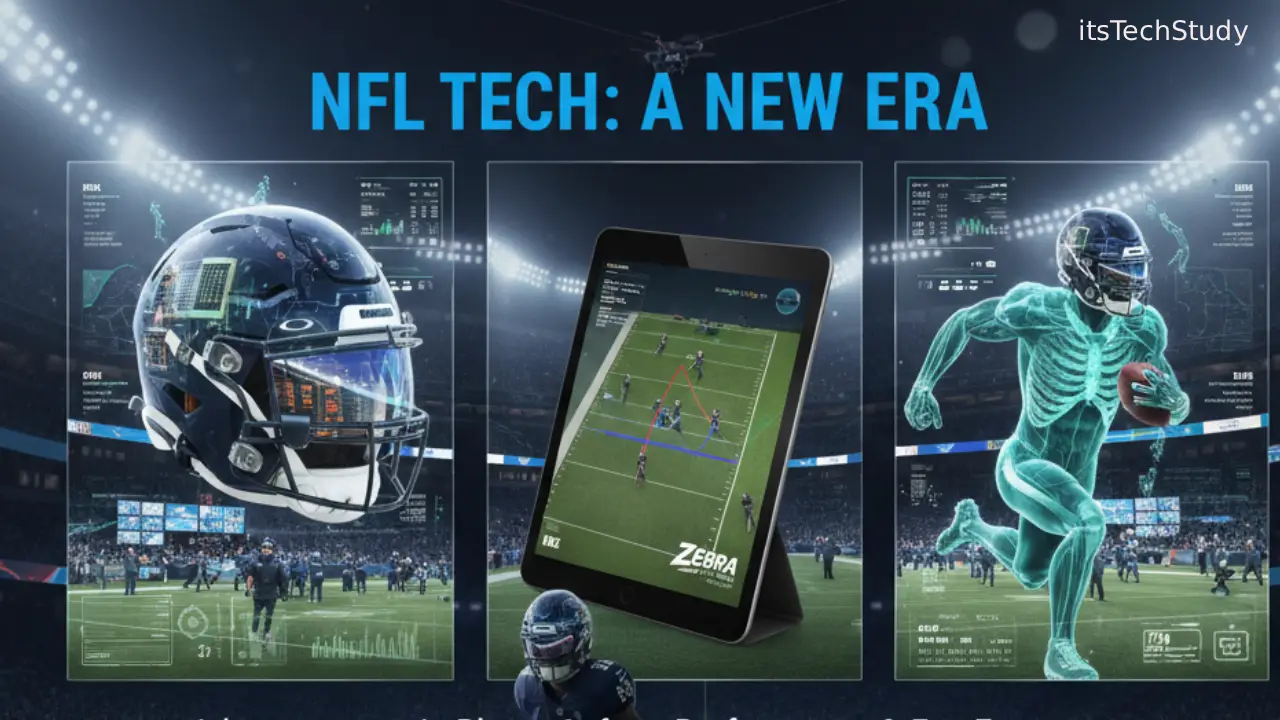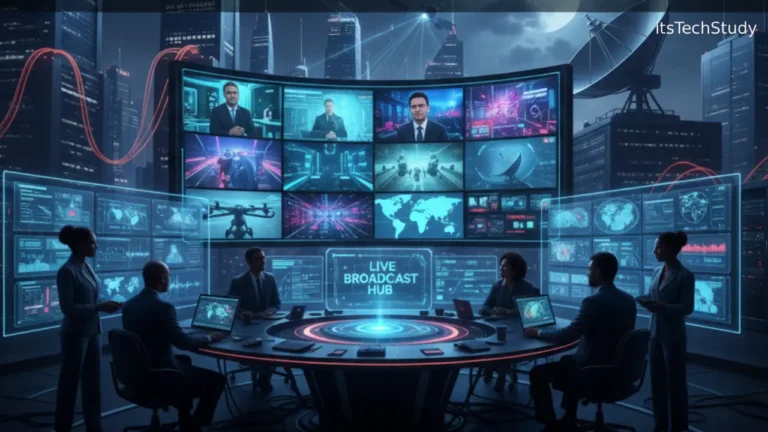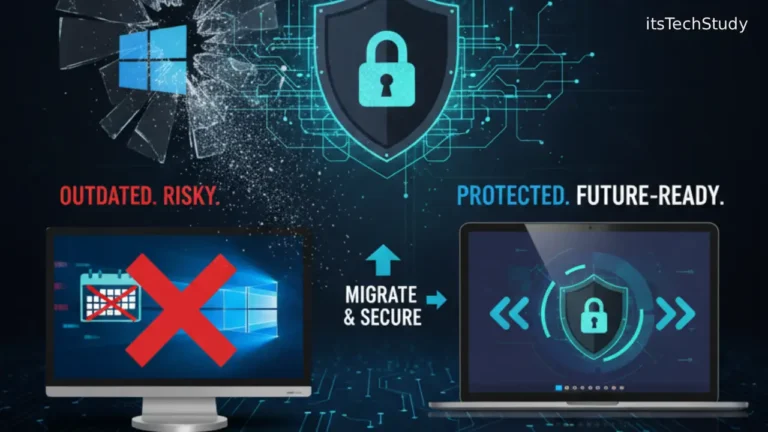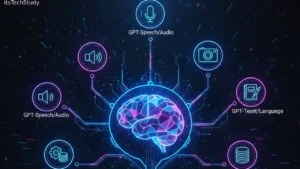Introduction: When Tech Meets the Gridiron
Football was always about brains, brawn, and speed-but now the NFL is incorporating a new potent weapon into its arsenal: technology. From sophisticated AI-driven analytics to smart helmets and live data tracking, the league is revolutionizing how the game is played, coached, and watched.
Previous to this, NFL teams solely depended on instinct and tape analysis. Coaches spent hours watching film by hand, and players relied on conventional training. Bring the present to the future, and technology has revolutionized almost every part of the game. It’s the Lions vs Rams, Titans vs Raiders, or Browns vs Steelers; data and innovation now inform the decisions that dictate every game.
But this development didn’t occur overnight. It’s a result of years of spending on AI advancements, smart devices, and digital analytics-innovations that now drive the modern NFL. Let’s discuss how these revolutionary developments are assisting teams in maintaining their edge in 2025 and beyond.
The Emergence of Technology in the NFL
- Smart Helmets and Player Safety
One of the largest advances in the last few years has been the creation of smart helmets that contain impact sensors. The helmets monitor collision force and rate, providing real-time information to medical personnel. This innovation aids in early detection of possible concussions and lowers the long-term threats of head injury-a central issue in contact sports.
Teams like the 49ers and Buccaneers have already started integrating helmet-based sensors to better understand player safety metrics. These insights allow coaches to make data-backed decisions on player rest and recovery.
Pros:
- Early detection of injuries
- Improved player health and longevity
- Data-driven medical assessments
Cons:
- High equipment costs
- Data privacy concerns
- AI and Data Analytics: The Digital Playbook
Those were the days when examining a Rams vs Ravens contest used to mean trusting only human instincts. Today, AI analytics platforms process thousands of points in seconds-player velocity, heart rate, fatigue levels, and even opponent tendencies.
The outcome? Wiser decisions, quicker re-adjustments, and predictive modeling that puts teams ahead in the competition. Coaches employ machine learning algorithms to model possible outcomes prior to games, which leads to better tactical planning.
Example:
The Patriots vs Saints rivalry has witnessed extensive use of data-based decision-making, enabling teams to maximize player rotations and take advantage of opponent formations’ weaknesses.
- Wearable Technology: Monitoring Every Step
New NFL players sport intelligent sensors-sewn into jerseys, cleats, or pads—that capture everything from acceleration to hydration. Coaches use these wearables to track training effectiveness and prevent overexertion.
In Seahawks vs Jaguars or Chargers vs Dolphins games, for instance, these technologies send live data to real-time play-adjusting and player-positioning analysts in the sidelines.
Top Advantages of Wearable Tech:
- Live feedback on performance
- Lower risk of injuries
- Personalized training regimens
- Augmented Reality (AR) and Virtual Reality (VR) in Training
AR and VR are now indispensable tools both for training and for fan engagement. VR headsets allow players to be immersed in simulations—replicating in-game situations to learn decision-making under pressure.
Fans, on the other hand, get to enjoy AR overlays at stadiums showing live stats, player performance, and instant replays. Picture this: Bengals vs Packers while being able to see 3D visualizations of players’ movements in real time-it’s not the future, it’s already here.
Table: Most Important NFL Tech Innovations and Applications
| Technology | Application Area | Example Game | Benefits |
|---|---|---|---|
| Smart Helmets | Player Safety | 49ers vs Buccaneers | Prevent concussions, monitor impacts |
| AI Analytics | Game Strategy | Rams vs Ravens | Predict plays, optimize lineups |
| Wearable Sensors | Performance Tracking | Seahawks vs Jaguars | Real-time data, reduce injuries |
| AR/VR | Training & Fan Engagement | Bengals vs Packers | Immersive learning & experiences |
| Smart Stadiums | Fan Experience | Patriots vs Saints | Contactless payments, AR displays |
Smart Stadiums: The Future of Fan Engagement
The NFL stadium experience has come a long way from popcorn and halftime entertainment. Contemporary arenas boast 5G connectivity, IoT-driven crowd management, and AI-driven security systems.
Consider the Lions vs Rams game-fans can now access real-time stats on their smartphones, make cashless purchases, and even find the closest concession stand via stadium apps.
Technologies in Contemporary NFL Stadiums:
- AI-driven surveillance for safety
- AR-powered jumbotrons for live data
- IoT-driven crowd flow management
- Sustainable energy solutions based on solar panels
Cloud Computing and Big Data
The NFL produces terabytes of data per season-from player stats to viewership insights. To analyze this data, teams bank on cloud computing. Cloud platforms house, manage, and analyze these enormous datasets to enhance performance and operations.
Example:
- During matches such as Titans vs Raiders and Browns vs Steelers, real-time dashboards through cloud-based analytics are made available to coaches for tracking field coverage, tackle zones, and fatigue analysis.
Advantages of Cloud-Based Analytics:
- Real-time data made available
- Cloud-based storage scalable and secure
- Coaches and analysts collaboration
Disadvantages:
- Vulnerabilities in cybersecurity
- High reliance on the stability of the network
Cybersecurity: Safeguarding the Digital Gridiron
As the NFL goes digital, it is also exposed to cyber threats. Teams possess sensitive playbooks, biometric information, and payment details-making it a priority to ensure cybersecurity.
To safeguard this environment, organizations implement AI-driven threat detection, encrypted data channels, and secure VPNs. These controls ensure that when Chargers vs Dolphins or 49ers vs Buccaneers showdown, their game plans remain secret.
Best Cybersecurity Practices in the NFL:
- Multi-layered encryption protocols
- AI-driven intrusion detection
- Biometric access to team data centers
- Encrypted cloud-based collaboration tools
Fan Experience 2.0: AI, Streaming & Interactive Viewing
The NFL is embracing digital platforms to get fans closer to the action. AI-powered streaming technology now provides personalized content, predictive statistics, and real-time commentary.
Interactive fan experiences include:
- Virtual watch parties with AR statistics
- AI-powered predictions in live games
- Multi-angle camera options for premium subscribers
Games like Patriots vs Saints and Bengals vs Packers showcase this transformation, where data meets entertainment.
The Future of NFL Technology: What’s Next?
The next decade promises even more thrilling tech transformations. Expect to see:
- AI coaches making strategic calls in real time
- Blockchain ticketing systems for fraud prevention
- Advanced bio-tracking gear for player health monitoring
- Sustainable smart stadiums powered entirely by renewable energy
As the NFL moves forward, innovation will not only change the way games are played-but also the way that millions of people watch them.
Conclusion: A Tech-Driven Touchdown
The NFL’s adoption of technology isn’t merely a matter of winning games-it’s about revolutionizing the whole sports ecosystem. From AI analytics to wearable sensors and smart stadiums, innovation is improving performance, safety, and fan engagement at every level.
No matter whether it is the Lions and Rams, Titans and Raiders, or Browns and Steelers, technology is the invisible MVP fueling strategy, accuracy, and thrill. As these latest technology trends in 2025 continue to develop, the NFL is demonstrating that being ahead of the game translates to being in touch-to data, to the fans, and to the future.
Frequently Asked Questions (FAQ)
Q1: How does the NFL leverage AI for performance enhancements?
Ans: AI processes player data, forecasts injury risk, and assists coaches in developing more successful strategies through real-time performance indicators.
Q2: Are wearables compulsory in the NFL?
Ans: Optional, but most squads utilize them for training and health tracking, providing a huge benefit in terms of managing players.
Q3: What is the role of 5G in NFL stadiums today?
Ans: 5G provides ultra-fast connectivity to support real-time streaming, smart ticketing, and interactive fan experiences while attending live games.
Q4: What technology prevents injuries among players?
Ans: With smart helmets and wearable sensors monitoring impact force, fatigue, and movement, identifying potential risks before an injury happens.
Q5: Does the NFL have cybersecurity threats in its tech infrastructure?
Ans: Yes, as with any data-driven business, but clubs spend a lot of money on encryption, secure networks, and AI threat detection to avoid risks.
Q6: What technological trends may redefine the NFL's future?
Ans: AI-led coaching, blockchain ticketing, green stadiums, and immersive AR/VR fan experiences are paving the way.












No Comments Yet
Be the first to share your thoughts.
Leave a Comment